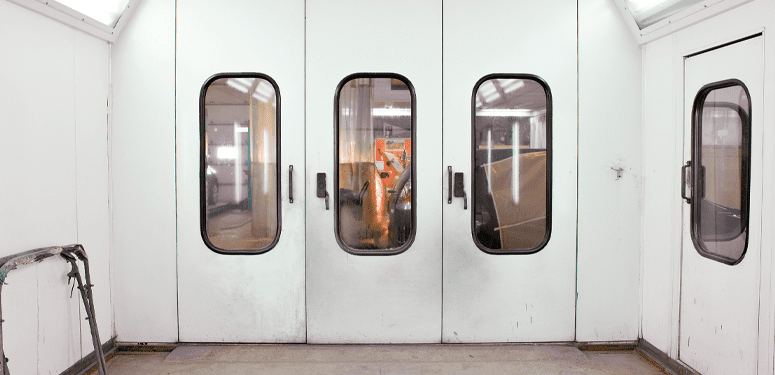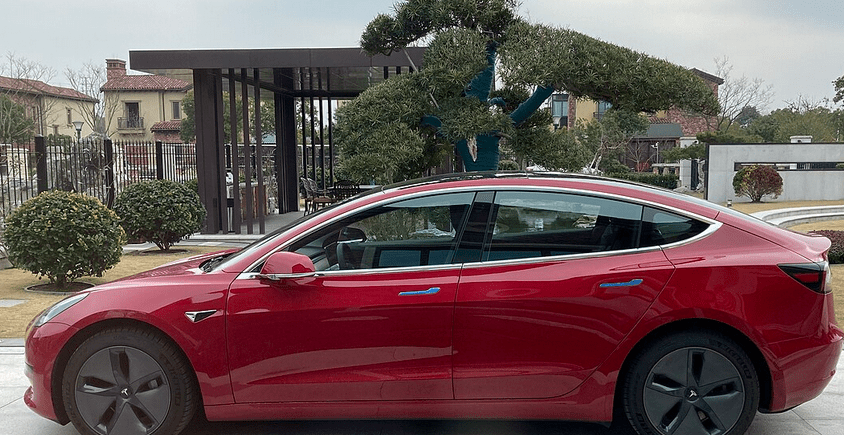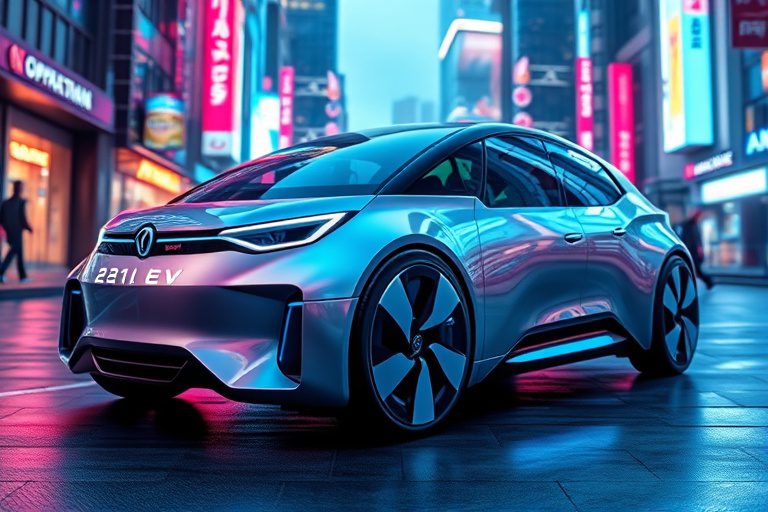NEED-TO-KNOW INFO BEFORE ANY EV ENTERS YOUR BOOTH
BY MAX REID
Autobody painters could be forgiven for thinking that they are relatively immune from the large-scale technology shifts that their technician counterparts endure. Save for changes to VOC legislation in the late-aughts and advancements in things like paint mixing and colour matching, the field of auto refinishing draws a large part of its appeal from its timelessness.
If you looked at silhouettes of two painters at work, one from 2023 and one from 1953, their motions would not be much different from one another—unless the modern painter is refinishing an electric vehicle, of course.
One might assume that paint is paint and a vehicle’s powertrain would have no effect on their ability to refinish a door, however, we now know that to be far from the truth.
The high-voltage electrical systems present on today’s EVs make even the simplest paint repair job a fair bit more complicated. It is generally advised, before all EV repair work, not just refinishing, that the vehicle’s battery be fully disconnected and the vehicle be properly grounded, in order to prevent accidental start-ups or other electrical mishaps.
Due to a combination of weight and structural considerations, many EVs are composed of mixed-metal bodies and make extensive use of structural adhesives—both of which have specific tolerances to keep in mind when under the heat of a spray booth. Most automakers who sell EVs ask that refinishers make certain modifications to their booth’s temperature and the subsequent time that vehicle spends in the curing process, as prolonged exposure to high heat has been shown to damage batteries. “The temperature in some bodyshop paint booths can exceed 60°C (140°F),” Ford wrote in a May 2021 “On Target” newsletter, as one OEM example.
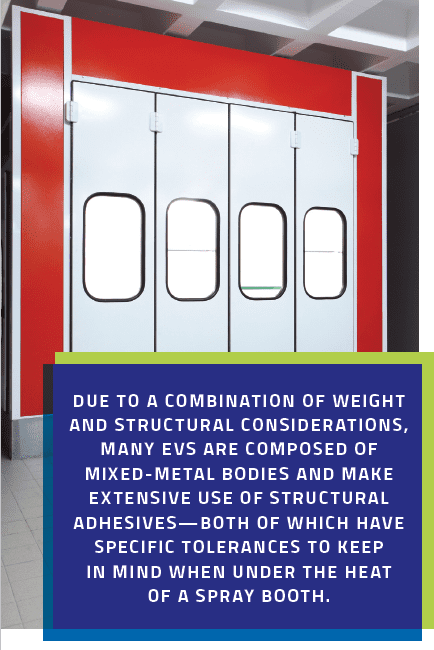

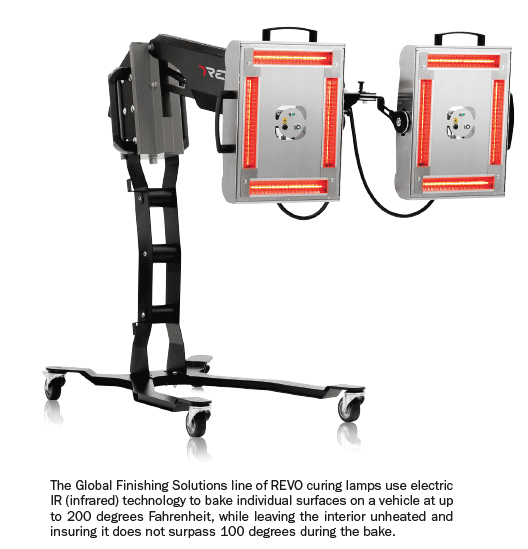
“Therefore, during refinishing operations, the paint booth temperature must be set at or below 60°C (140°F) with a bake time of 45 minutes or less. Temperatures in excess of 60°C (140°F) or bake durations longer than 45 minutes will require the (high-voltage battery) and the HVTB to be removed from the vehicle prior to placing it in the paint booth.”
Refinishers, in this case, will often use an extended low cure cycle in their paint booth in order to mitigate any potential battery damage, and unfortunately accept slightly slower throughput as a consequence.
Masking also takes on a new importance with EVs as any sort of overspray into the charging port can cause serious damage. Ford recommends refinishers completely remove the charge port light ring before switching on the paint booth. For smaller paint repairs there are smaller solutions that keep production moving, such as those offered by Global Finishing Solutions.
The company’s line of REVO curing lamps use electric IR (infrared) technology to bake individual surfaces on a vehicle at up to 200 degrees Fahrenheit, while leaving the interior unheated and insuring it does not surpass 100 degrees during the bake. GFS boasts that its electric IR technology, as compared to gas catalytic drying, comes at a fraction of the cost and can cure up to three layers of paint at a time without skinning or solvent popping. “Penetrating directly to the surface of the substrate—whether metal, plastic or another material—short wave electric IR technology heats the coating and rapidly cures it from the inside out,” the company wrote in a spring 2023 EV refinishing guide. “REVO Systems produce mostly short waves that heat the surface; however, a small number of medium waves simultaneously cure the top layers. By concentrating heat only on panels in need of curing, rather than the entire vehicle, the end result with REVO Systems is a fast, complete cure, with no temperature rise inside the vehicle.”
Another thing to keep in mind when refinishing an EV is whether or not there are cameras, sensors, LiDAR scanners or any other ADAS-related modules housed on the vehicle’s exterior that could be impacted by a refinishing job. For example, some LiDAR systems have difficulty recognizing dark painted objects, creating glaring gaps in safety due to a simple choice of paint colour.
PPG, alongside a research team from the University of Michigan, paired up back in 2018 to develop a series of paints that are easy for these systems to detect, with future plans to sell a paint that can store and transfer energy back into a vehicle. Electric vehicle refinishing has quickly become yet another niche angle of the industry to keep an eye on as paint technology and modern vehicle frame design continue to align and become a part of the connected vehicle.
Bodyshops starting to see more EVs coming through their doors ought to make sure their painters are aware of all these factors so everyone can capitalize on this incoming wave of specialized repair work.



